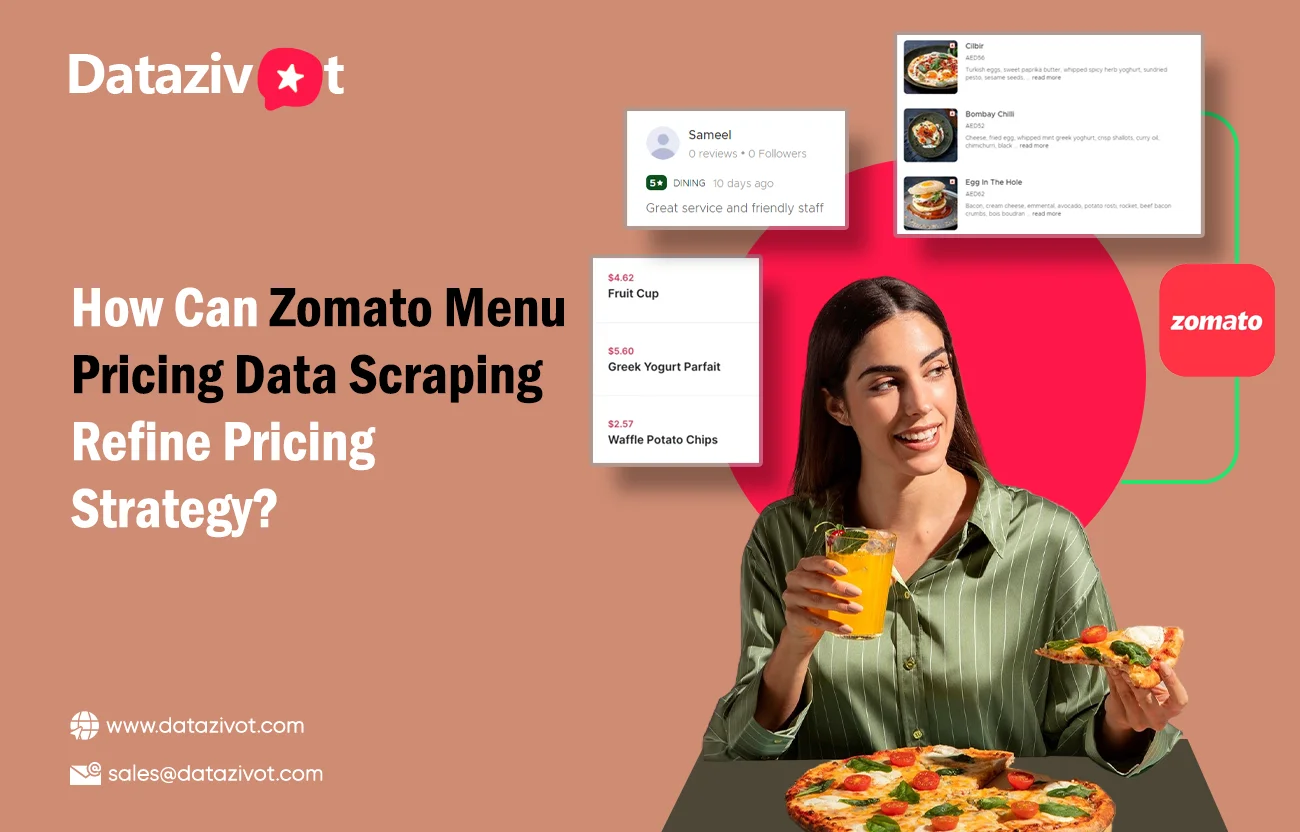
Introduction
In the competitive world of the restaurant industry, having a well-defined and optimized pricing strategy is crucial for success. One of the most effective ways to refine your pricing strategy is by leveraging data from popular food and restaurant platforms like Zomato. Zomato, with its extensive database of restaurant menus and pricing information, provides a goldmine of data that can be used to make informed decisions about menu pricing. This blog will explore how Zomato Menu Pricing Data Scraping can help optimize your restaurant’s pricing strategy, the tools and techniques involved, and practical applications of this data.
Why Refine Your Pricing Strategy?
Before diving into the specifics of Zomato menu pricing data scraping, it’s essential to understand why refining your pricing strategy is important:
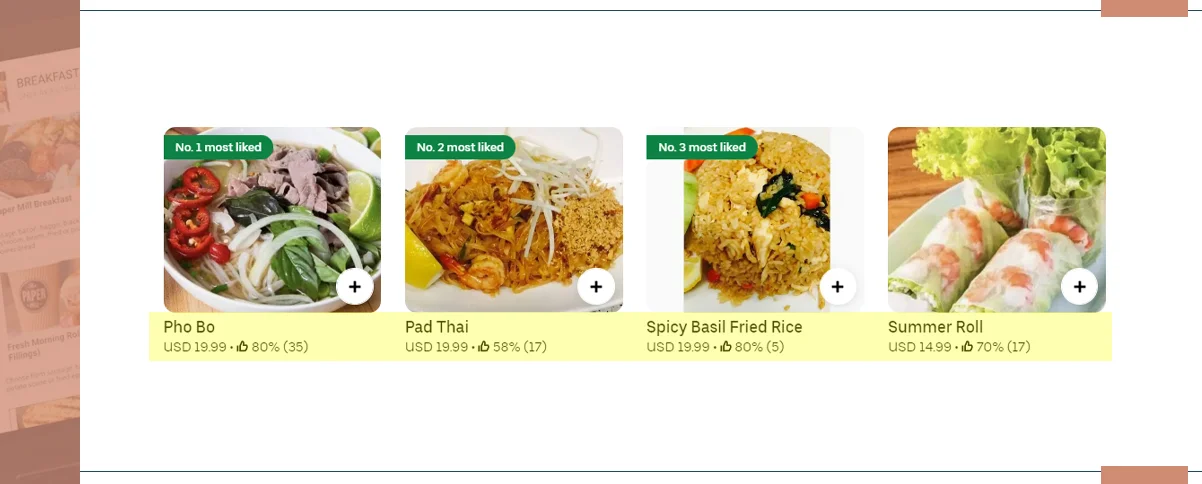
Competitive Advantage:An optimized pricing strategy helps you stay competitive by ensuring that your prices are aligned with market trends and customer expectations.
Maximized Profit Margins: Effective pricing can significantly impact your profit margins. Properly pricing your menu items ensures you cover costs and maximize profitability.
Customer Attraction and Retention: Competitive pricing can attract new customers and retain existing ones. Understanding what your competitors are charging can help you adjust your prices accordingly.
How Zomato Menu Pricing Data Scraping Helps
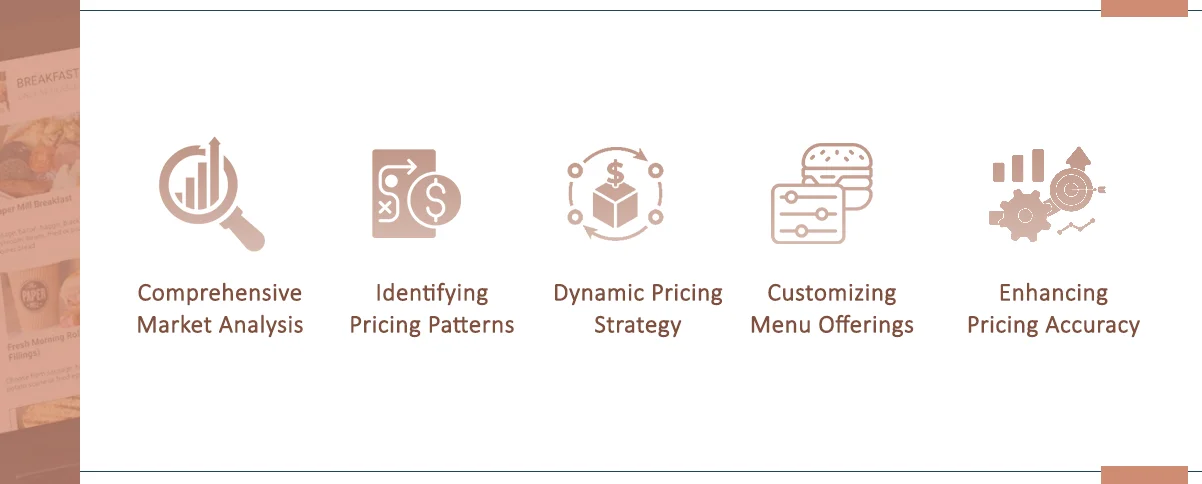
1. Comprehensive Market Analysis:
Zomato Menu Data Scraping allows you to gather extensive information about your competitors’ menu items and pricing. By analyzing this data, you can gain insights into pricing trends, popular menu items, and customer preferences. This comprehensive market analysis helps you position your restaurant’s offerings strategically.
2. Identifying Pricing Patterns:
Using Zomato Pricing Data Scraping, you can identify pricing patterns within your local market. For instance, if you notice that similar restaurants are pricing their dishes at a particular range, you can adjust your prices to remain competitive or offer better value.
3. Dynamic Pricing Strategy:
With Zomato Menu Data Extraction, you can monitor changes in menu pricing over time. This allows you to implement a dynamic pricing strategy where you adjust your prices based on real-time market data, promotions, and seasonal trends.
4. Customizing Menu Offerings:
By analyzing Zomato Menu Data Collections, you can understand what types of dishes are popular and how they are priced. This insight enables you to tailor your menu offerings to meet customer preferences and align with market demands.
5. Enhancing Pricing Accuracy:
Zomato Pricing Data Extraction helps ensure that your menu prices are accurate and competitive. Regularly updating your pricing strategy based on the latest data helps avoid overpricing or underpricing issues.
Tools and Techniques for Zomato Menu Pricing Data Scraping
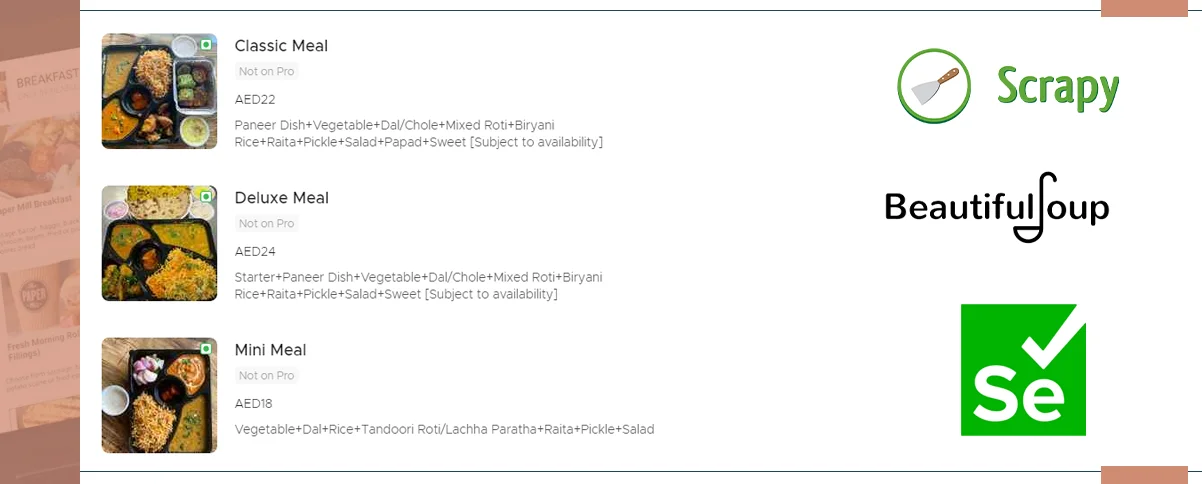
1.Data Scraping Tools:
To effectively scrape Zomato Menu Pricing Data, you can use various tools and technologies:
Beautiful Soup: A Python library used for parsing HTML and XML documents, ideal for extracting data from web pages.
Scrapy: An open-source web scraping framework that provides a comprehensive set of tools for data extraction.
Selenium: A web testing tool that can automate browser interactions and scrape dynamic content.
2. APIs and Custom Scrapers:
For a more structured approach, consider using a Zomato Menu Scraping API. APIs provide a more streamlined way to access data, ensuring that you can retrieve and process information efficiently.
Custom scrapers, such as a Zomato Menu Data Scraper or Zomato Pricing Data Scraper, can be developed to target specific data points on the Zomato platform.
3. Data Storage and Management:
Once the data is scraped, it needs to be stored and managed effectively. Zomato Pricing Data Extractor tools can export data into formats like CSV, JSON, or directly into databases for easy access and analysis. Proper data management ensures that you can efficiently analyze and utilize the data collected.
Practical Applications of Zomato Menu Pricing Data
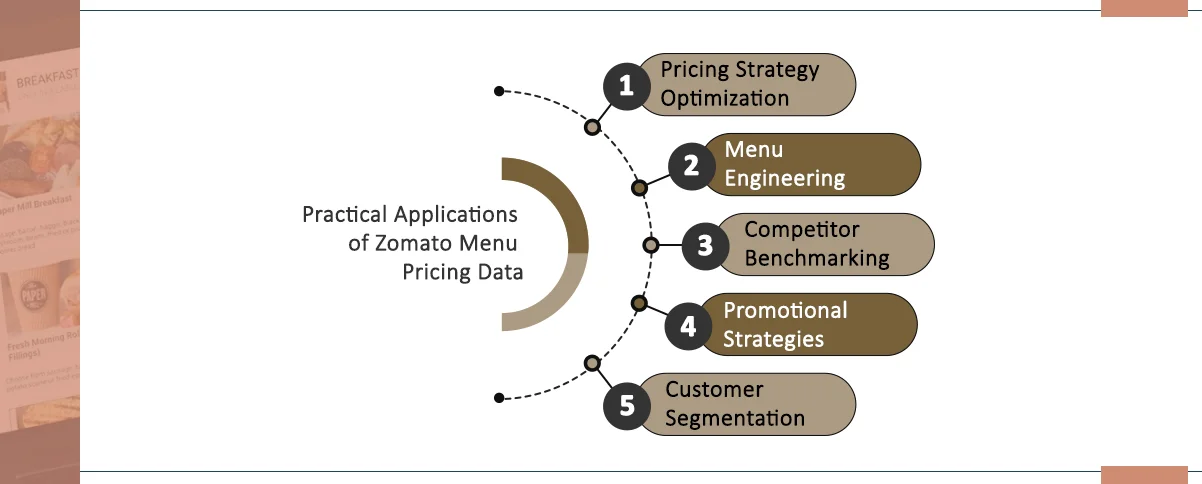
1. Pricing Strategy Optimization:
By analyzing Zomato Menu Datasets, you can refine your pricing strategy to match market trends and customer preferences. This involves adjusting prices based on competitor data, seasonal factors, and promotional opportunities.
2. Menu Engineering:
Zomato Menu Pricing Data Scraping provides insights into which menu items are popular and how they are priced. This information can be used to redesign your menu, highlight high-margin items, and eliminate underperforming dishes.
3. Competitor Benchmarking:
With Zomato Pricing Data Collections, you can benchmark your restaurant against competitors. This helps in understanding where you stand in terms of pricing and what adjustments might be needed to remain competitive.
4.Competitor Benchmarking:
Data from Zomato Menu Data Extraction can inform your promotional strategies. For instance, if you find that competitors frequently run discounts on specific items, you can plan similar promotions or introduce unique offers to attract customers.
5. Customer Segmentation:
By analyzing Zomato Pricing Datasets, you can segment customers based on their spending behavior and preferences. This allows for targeted marketing and personalized offers, enhancing customer satisfaction and loyalty.
Challenges and Considerations
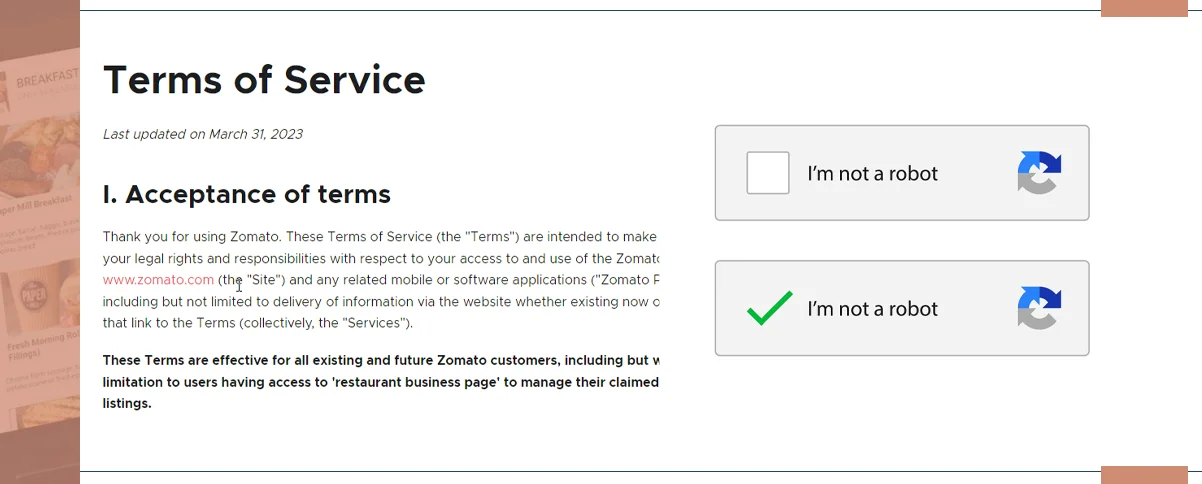
1. Legal and Ethical Issues:
It’s important to ensure that your Zomato Menu Data Scraping activities comply with legal and ethical standards. Review Zomato’s terms of service to ensure that your data scraping practices do not violate any rules. Unauthorized scraping can lead to legal consequences and potential bans.
2. Data Accuracy:
Ensuring the accuracy of the scraped data is crucial. Inaccurate or outdated information can lead to incorrect pricing decisions. Regularly update your data and verify its accuracy to maintain reliable pricing strategies.
3. Technical Challenges:
Web scraping can present technical challenges, such as handling dynamic content, CAPTCHAs, and website changes. Investing in robust scraping tools and techniques, or working with experienced developers, can help overcome these challenges.
Conclusion
Zomato Menu Pricing Data Scraping offers significant benefits for refining your restaurant’s pricing strategy. By leveraging the insights gained from Zomato’s extensive menu and pricing data, you can enhance your competitive edge, optimize your pricing strategy, and improve customer satisfaction. However, it’s essential to approach data scraping with a focus on legal and ethical considerations, ensuring that your practices comply with relevant regulations and respect user privacy.
With the right tools and strategies, Zomato Menu Data Scraping can be a powerful asset in driving business growth and success.
Ready to refine your pricing strategy with Zomato menu data? Contact Datazivot today to discover how our data scraping solutions can help optimize your restaurant’s menu and pricing!
